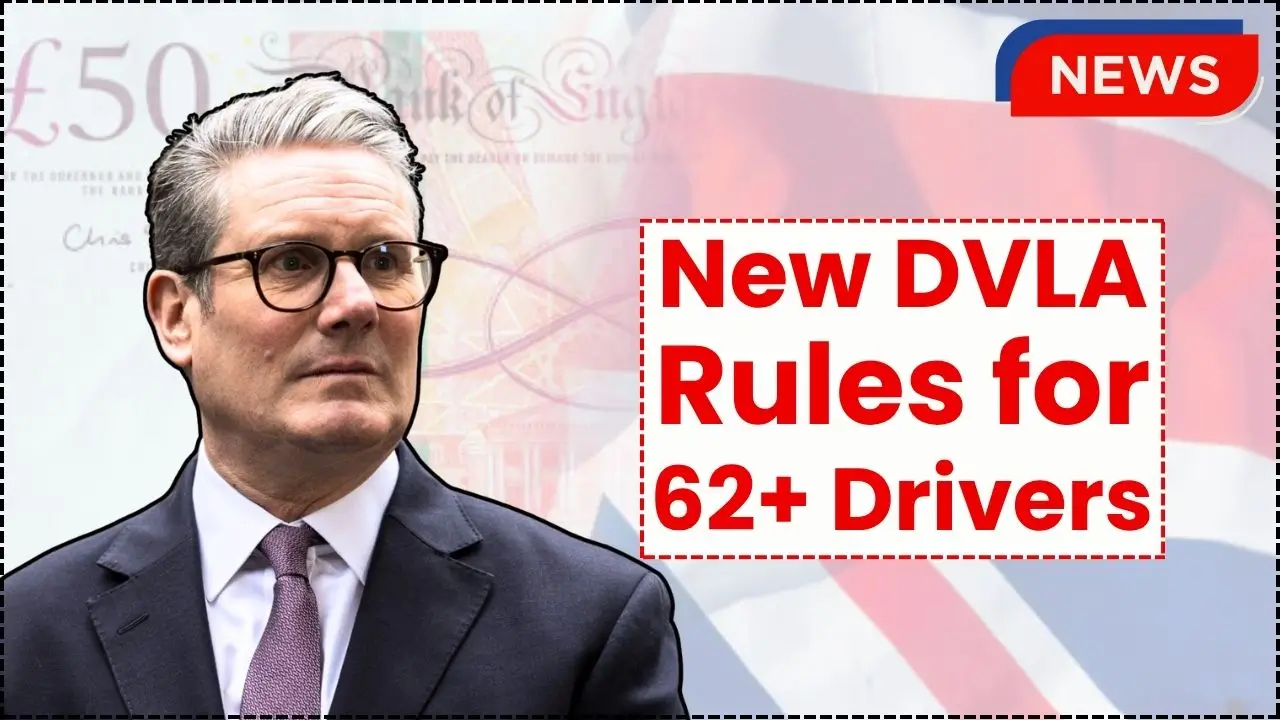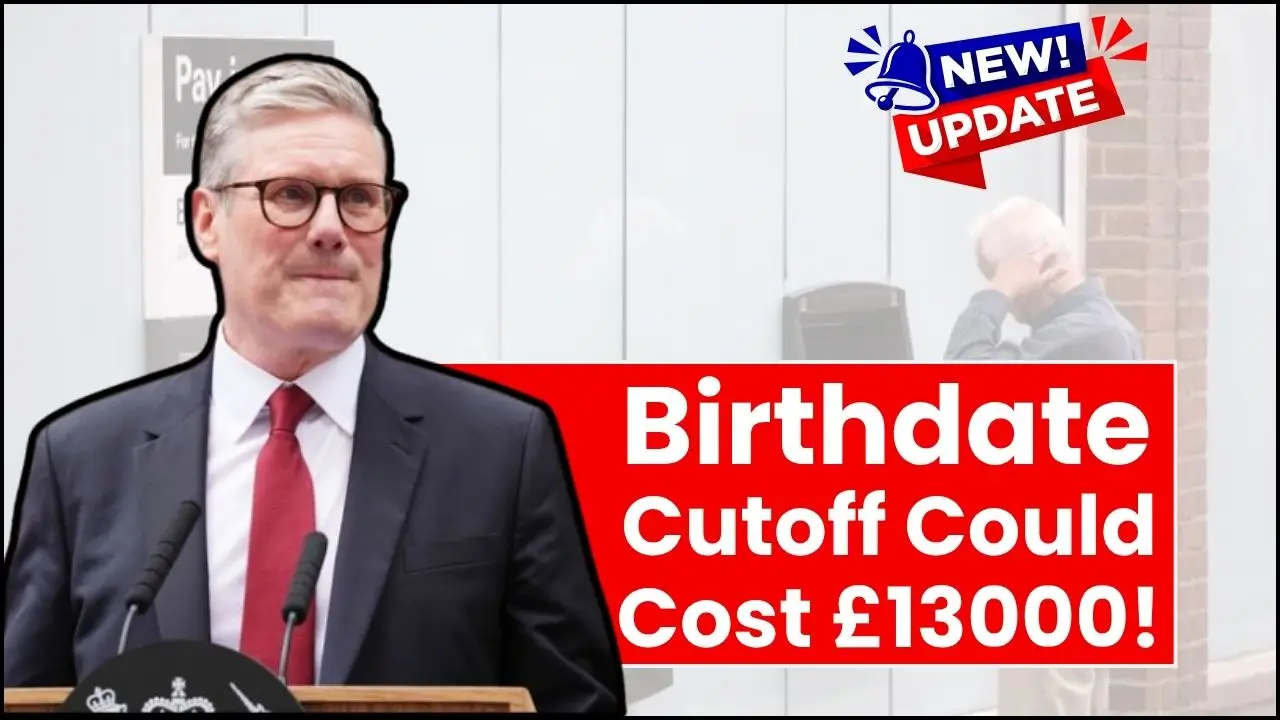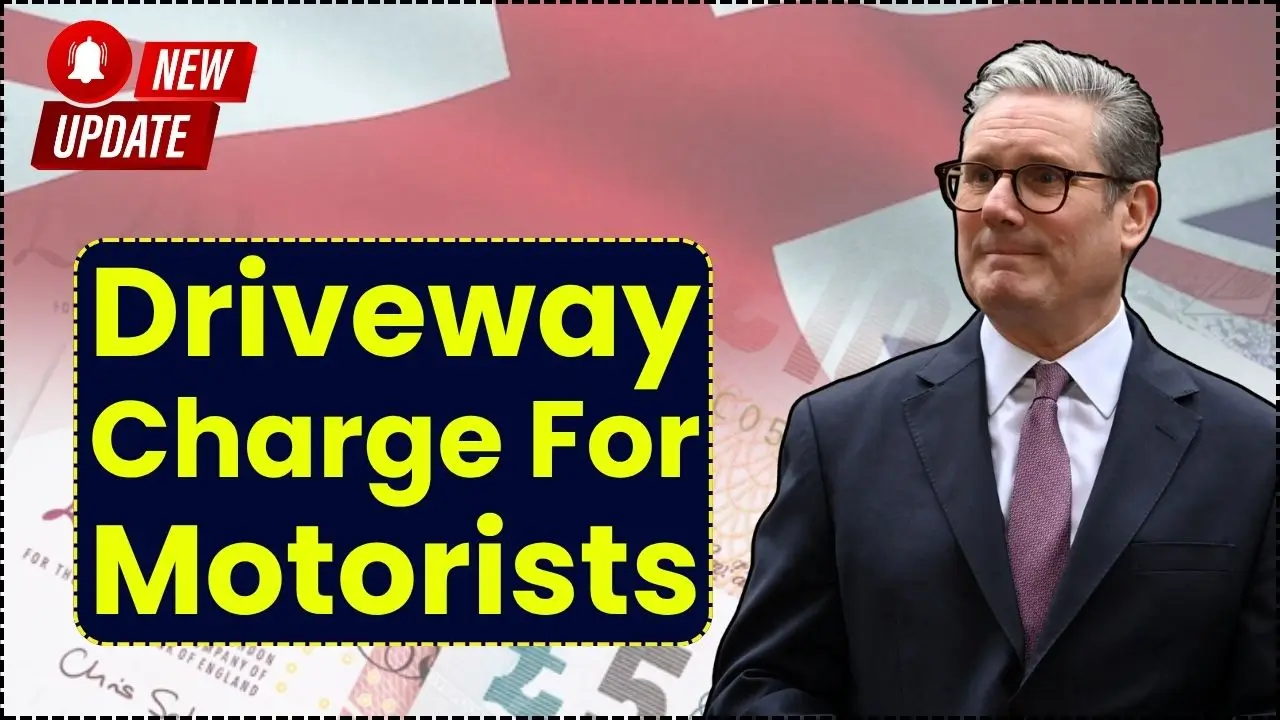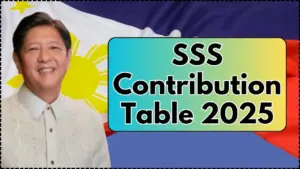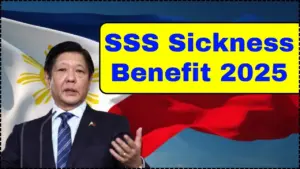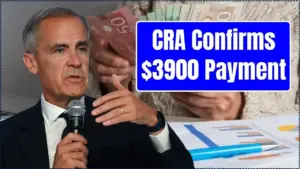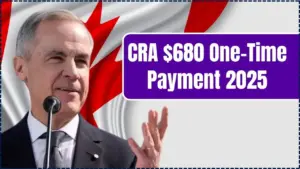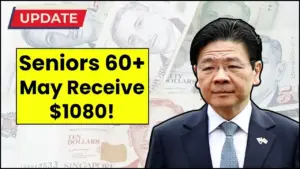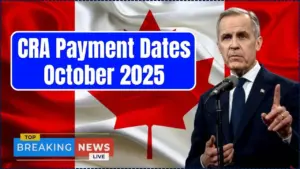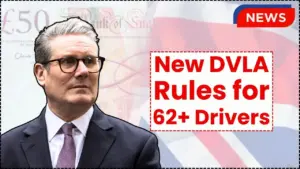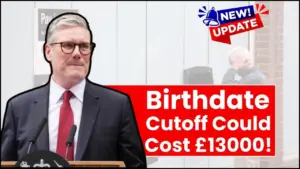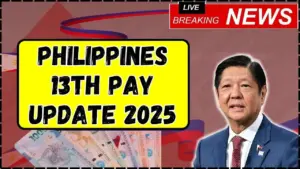This new HMRC rule is designed to standardise how adjustments are handled in-year, with a £300 figure appearing as an automatic line item for affected pensioners to correct overpayments or sync tax records across HMRC and DWP systems, beginning around 12–15 October 2025 depending on individual payment cycles. While headlines have sparked anxiety, official guidance and mainstream reports stress it is targeted, not blanket, and in many cases relates to how Winter Fuel Payment support is handled via tax for certain income bands, rather than an across-the-board State Pension cut.
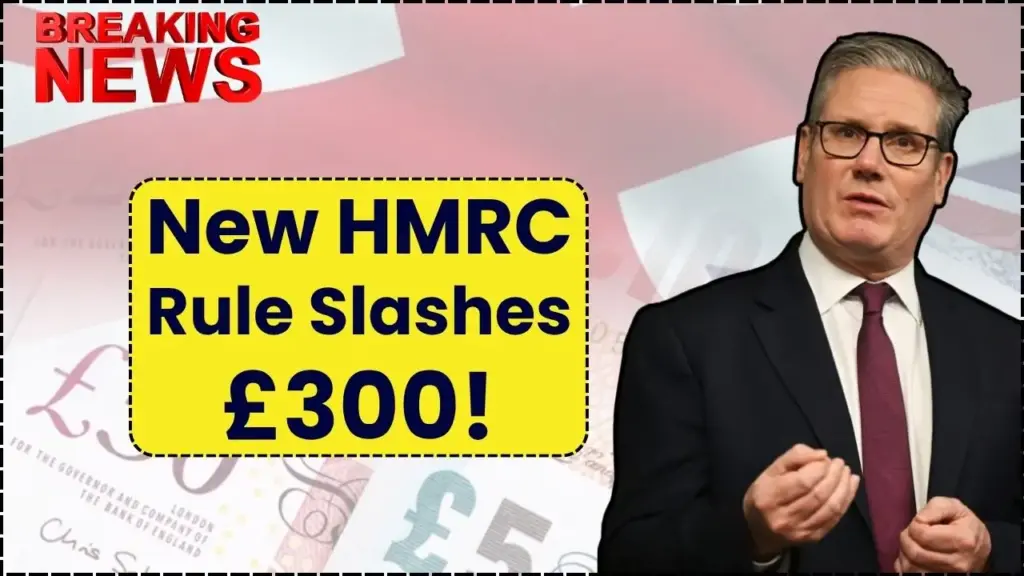
If this new HMRC rule applies to you, you’ll see a £300 line appear as a deduction before your pension payment is made, often flagged by a letter or an online notice, and in some cases the amount may be reversed if reconciliation later shows no imbalance or you successfully dispute it. The safest move now is to log into your HMRC online account, verify tax codes across all pension payers, and keep an eye on October payment dates so you can react quickly if something looks off or doesn’t match your circumstances.
Table of Contents
New HMRC Rule Slashes £300 from Pensions Starting
| Item | Details |
|---|---|
| Start window | 12–15 October 2025 (varies by processing and payment schedule) |
| Amount referenced | £300 standardised adjustment, case-by-case not universal |
| Who’s affected | Pensioners with overpayments, tax mismatches, or WFP-related clawback via the tax system |
| How it appears | Automatic pre-payment deduction noted in statements/notices |
| Notification | Letter or HMRC online account alert around first affected payment |
| Disputes | Right to challenge if records are accurate and deduction appears incorrect |
What the £300 Actually Means
The £300 figure is a standardised adjustment HMRC is using to settle specific tax or benefit imbalances for the 2025–26 year, not a flat cut to everyone’s pension or a new monthly charge applied indefinitely across the board. In mainstream coverage, a key component is the updated handling of Winter Fuel Payments for certain groups, where money is effectively reclaimed through tax rather than taken directly from bank accounts, which some readers may interpret as a pension reduction if they only see the net impact.
Why HMRC is doing this
HMRC’s stated aim is to prevent larger surprises later by correcting earlier in the year, to reduce paperwork, and to bring HMRC–DWP alignment into a more automated, predictable flow, especially for retirees with multiple income sources like State Pension, workplace pensions, and annuities. With more retirees drawing varied pension income streams, tax codes and benefit rules can fall out of sync, and a standardised reconciliation reduces year-end bills and reduces administrative friction.
Who will Feel it
Not everyone sees a deduction: the focus is on those with historic overpayments, under-reported taxable income, or interactions with new Winter Fuel Payment rules; compliant pensioners with correct codes and no imbalances may see no change at all. Reports indicate that millions should review eligibility because interactions with income thresholds and benefit criteria could bring more people into scope than expected, especially for those with mixed pension incomes.
How Deductions Show Up
Expect a clearly labelled HMRC-related line, applied before your pension lands, with timing tied to when your case is processed and when your next eligible payment is due after the mid-October start. Some outlets note that for certain benefits like Winter Fuel Payment, the government is set to recover amounts via the tax system for higher-income pensioners, so the visible result can feel like a cut but is in fact a tax treatment change rather than a direct withdrawal by HMRC from your bank.
Steps to Take Now
- Check your HMRC online account: confirm pension income entries, tax codes, and any messages relating to 2025–26 to avoid erroneous deductions or to get them reversed quickly if they occur.
- Cross-check providers: make sure each pension payer has the right code and your current address and NI number, especially if you have multiple small pots or recent annuity changes.
- Watch your dates: set alerts for mid-October through November payment days in case an adjustment hits, so you can initiate a review promptly if needed.
Is this a New Power to Raid Bank Accounts?
Mainstream explainers clarify that deductions related to these changes are typically handled through PAYE/tax adjustments rather than HMRC raiding bank accounts, and where Winter Fuel Payment is concerned, recovery is expected via tax rather than direct bank pulls for those over certain income levels. The important distinction is between visible net reductions via tax handling and any suggestion of blanket bank withdrawals, which credible reporting does not support for this specific £300 context.
Interaction with Winter Fuel Payment
The headlines around a £300 “loss” often relate to changes in Winter Fuel Payment for higher-income pensioners, where the amount can be effectively clawed back through the tax system, creating the impression of a cut even when core State Pension remains unchanged. This is why the new HMRC rule and WFP updates have been conflated in public conversation, and why checking eligibility and notices is essential to understand what applies in a given household.
Key Dates and Expectations
Coverage points to 12 October as a key system start date, with some implementations and communications referencing the week of 12–15 October when the first visible adjustments may appear depending on a pensioner’s payment schedule. Some reports frame this as a “system recalibration,” which underscores that not all households will see money removed; many will simply see no change at all.
What if You think it’s wrong
If the £300 label appears and doesn’t fit your situation, use the contact routes provided in your notice to request a review, and keep pension statements and HMRC letters to evidence your position for a quicker resolution. Where reconciliation later shows no imbalance, the amount can be reversed in a subsequent payment, restoring the correct net figure.
How to Minimise Risk
- Ensure only one provider is using your primary personal allowance to avoid under-collection that triggers in-year corrections.
- Update HMRC promptly if you’ve changed drawdown levels, started an annuity, or adjusted private pension withdrawals, as these shifts can alter your taxable picture.
- If you’re near income thresholds that affect benefits like Winter Fuel Payment, consider the timing and size of withdrawals to avoid unintended eligibility changes.
The new HMRC rule is real, but it is not a blanket £300 cut to every pensioner’s income: it’s a targeted move to reconcile tax and benefit records and to manage Winter Fuel Payment changes via the tax system for certain groups, starting from mid-October 2025. Staying proactive—by confirming codes, monitoring notices, and challenging any mismatch—will help ensure you only pay what’s due and protect your monthly budget as the new process beds in.
FAQs on New HMRC Rule Slashes £300 from Pensions Starting
Will every pensioner lose £300 in October 2025?
No, the £300 figure is a standardised adjustment used for specific reconciliation cases and for handling certain Winter Fuel Payment interactions via tax; many pensioners will see no change at all.
Is HMRC taking money directly from bank accounts?
Credible reporting indicates HMRC is set to recover relevant sums through tax handling rather than directly withdrawing from bank accounts for this policy context, especially regarding Winter Fuel Payment changes.
How will I know if I’m affected?
You should receive a letter or an online notice, and the deduction appears as a pre-payment line item around mid-October if your case is flagged, so check your HMRC account and bank statements closely.
What should I do if the adjustment looks incorrect?
Contact HMRC using the details in your notice, provide recent pension statements and tax code letters, and request a review; if an error is confirmed, later payments can be corrected.

